As promo abuse becomes more widespread, businesses struggle to protect the effectiveness and profitability of their marketing efforts.
In this article, you’ll discover what promotion abuse is and why it poses serious challenges for both marketplaces and their users. We’ll also explore the various ways promotions can be exploited, and how Blockify teams work to prevent and respond to this growing issue.
Promo abuse means when customers or groups unfairly take advantage of promotional offers, discounts, or deals. They might do this by creating multiple accounts or using fake identities to keep claiming those benefits over and over again.
In fact, according to a 2022 report from Statista, this type of fraud was recognized by 30% of online merchants globally, based on a survey of approximately 1,000 merchants worldwide—as one of the most common types of attack. It ranked among the top five threats, alongside phishing, card testing, and identity theft.
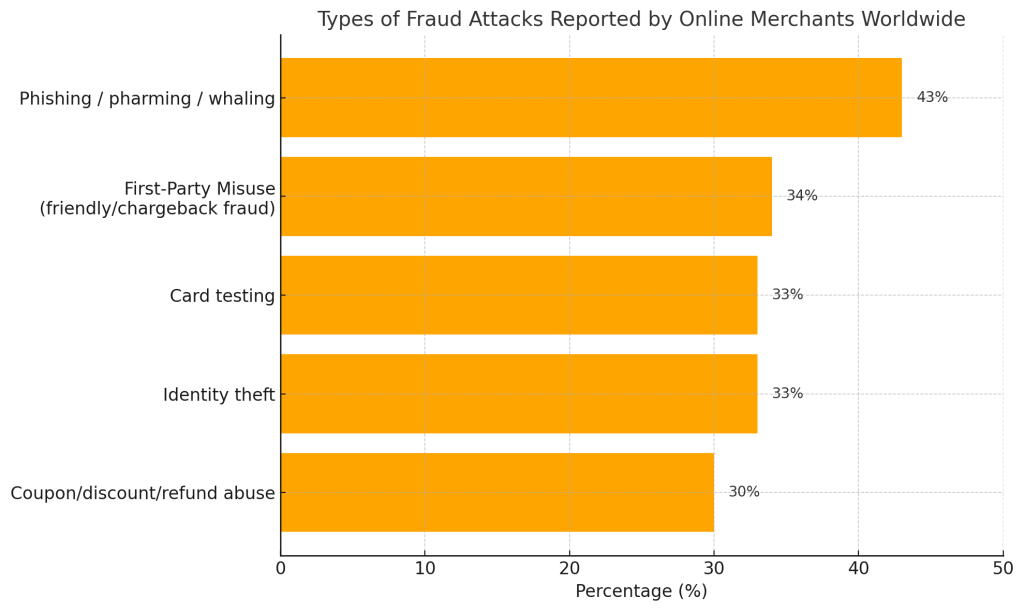
Promo abuse can take many forms, but some of the most frequent include:
One of the most classic examples of promo abuse is the referral program by Tesla.
Tesla instituted the referral program in 2015, and it was used mainly to reward credits to members for the purchase of new vehicles or for the installation of EV chargers. Over the years, the program grew to encompass entries into high-end incentives such as factory tours, launches of new vehicles, and visits to Tesla and SpaceX offices.
This encouraged social media influencers to suddenly share their referral codes with their followers. Some even went as far as purchasing ads online, aggressively promoting their codes in hopes of accumulating rewards from referrals they did not personally make.
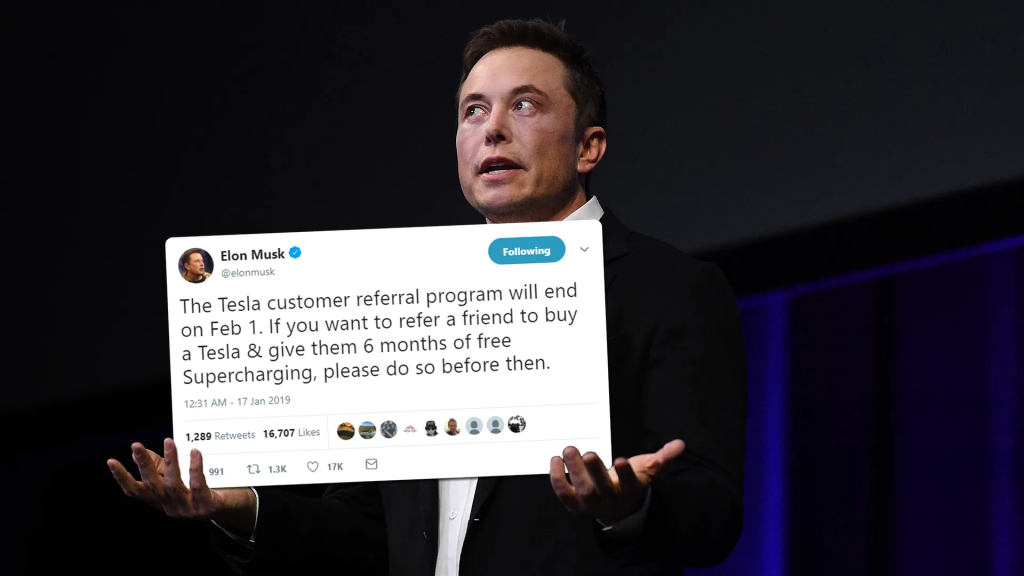
Looks harmless at first; but believe me; eCommerce shops are going to face some severe issues due to this as it grows. Here’s the breakdown on how it can disturb:
When customers or even fraudsters take advantage of sign-up bonuses, referral rewards, or discount codes over and over, businesses end up giving away stuff without really getting anything back. Those little losses might not seem like a big deal at first, but they can really pile up, especially during those big promotional events, hitting your profit margins hard.
If customers see or hear about a bunch of promotion abuse, they might start to question how fair or trustworthy your brand is. Loyal customers could get frustrated if they think others are scoring “free rides” through shady tactics, which can chip away at their trust and ultimately hurt your brand’s reputation.
To keep the abuse at bay, businesses often have to shell out for fraud detection tools, tighter identity checks, or snazzier monitoring systems. These extra precautions can drive up costs and put a strain on customer service teams, especially if false alarms end up affecting your real customers.
‼️Promo abuse fraud is just one piece of the broader eCommerce fraud puzzle. If you want to explore other common fraud types that can harm your store, check out this: Top 11 eCommerce Fraud Types & Smartest Things Online Retailers Can Do
Preventing promo abuse starts with tightening your internal processes and being proactive. Let’s walk through the key steps to safeguard your campaigns effectively:
Don’t wait until your promotion is live to find out there’s a loophole. Run tests in a staging environment that won’t interfere with your live systems.
If a promo code fails these checks, it likely opens your campaign up to abuse or even point-of-sale issues. Fix these before going live.
Your promotion’s terms and conditions are one of your strongest defenses against fraud. By carefully defining how, when, and under what circumstances an offer can be used, you can limit abuse without compromising the customer experience.
In addition to any legal requirements, make sure to include:
Don’t over-explain your terms, fraudsters look for loopholes. For example, stating that cart abandonment discounts apply after five minutes gives them a clear trigger to exploit. These offers should nudge genuine buyers back, not reward manipulation.
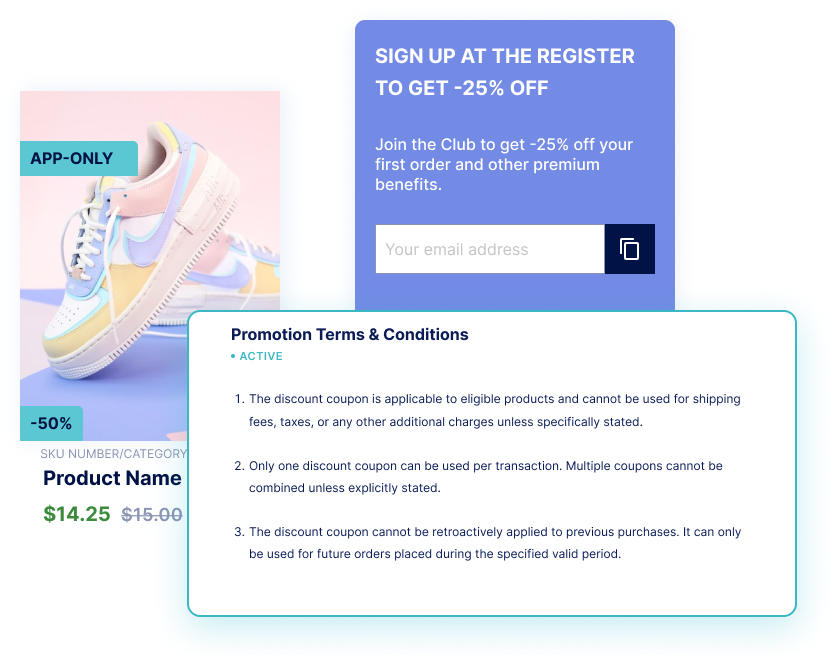
Promo codes without expiration dates can cause long-term problems. Carefully defining how and when a promotion is distributed makes it easier to track and limit abuse.
For exclusive deals, distribute codes through:
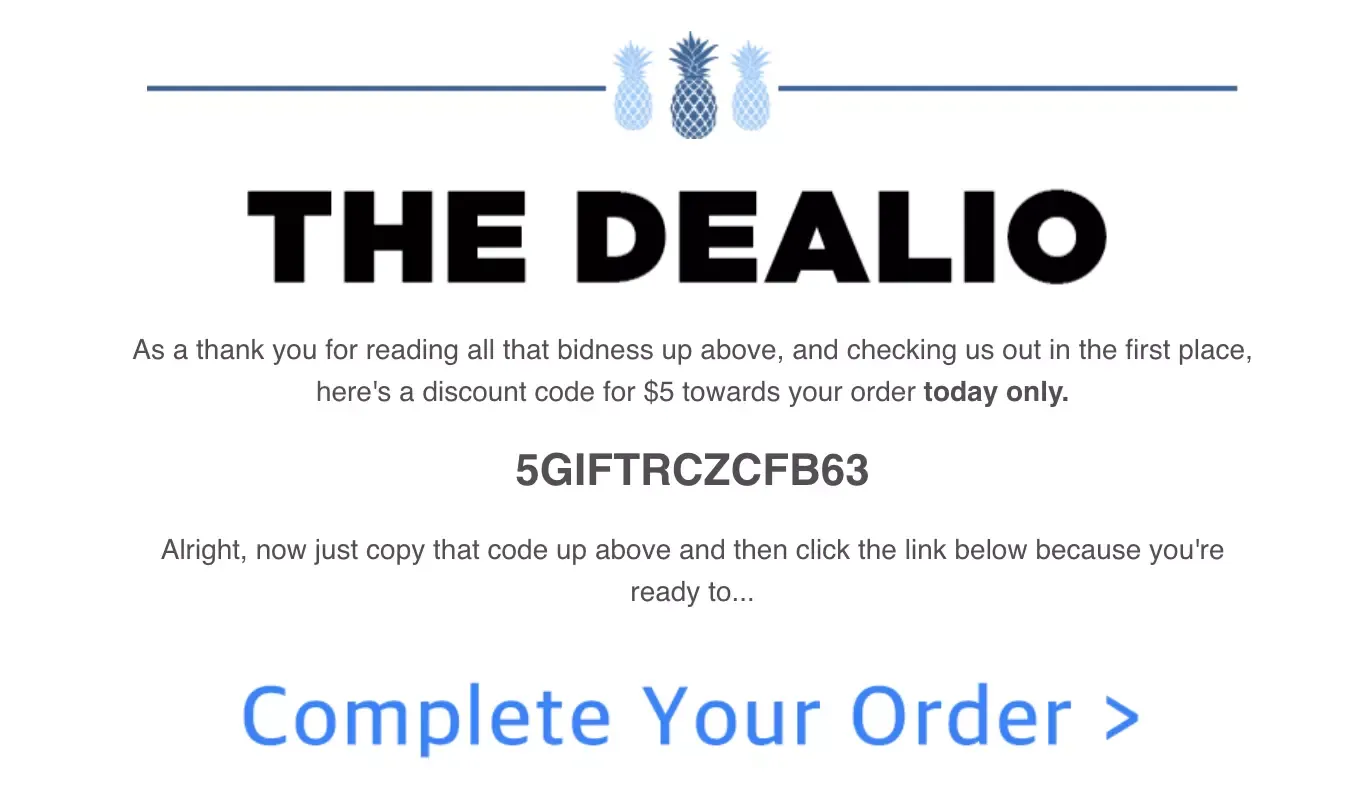
The right tools can help you strike a balance between campaign performance and fraud prevention.
Tracking only the final results means you could miss key signs of abuse along the way. Monitor interactions during the entire campaign lifecycle, including:
Consider setting up outreach triggers for high-value customers who abandon carts or fail to redeem a code. A quick follow-up can improve retention, and help spot abuse patterns early.
While simple codes are easier for users to remember, they’re also easy to guess and abuse.

Promo abuse can significantly impact your store’s profitability and customer trust. Blockify offers a comprehensive suite of tools designed to protect your Shopify store from such fraudulent activities:
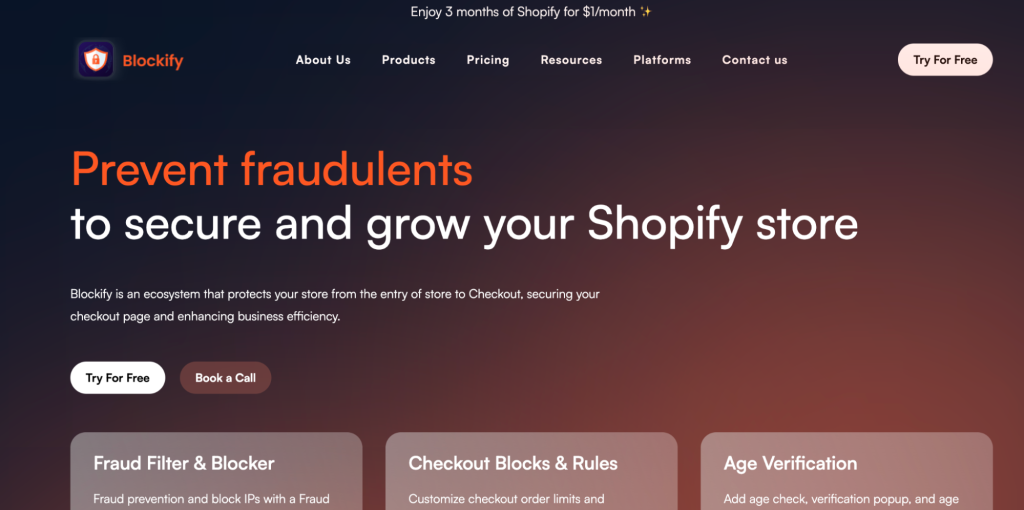
Still have questions about keeping your store safe from promo fraud? Here are some common ones merchants ask:
Detecting promo abuse involves monitoring unusual patterns and behaviors across your store. Some red flags include:
Promo abuse may be illegal and unauthorized, but most often, it violates the terms of service-X of the store enabling the store to penalize offenders by blocking accounts, canceling orders, or denying access to future promotions.
Closing
Promo abuse is more than just a marketing faux pas; it is evolving into a growing threat, one causing a slow drain on revenues, distortion of campaign performance, and mudding the waters of customer trust. As fraud techniques become more sophisticated, eCommerce merchants need to take proactive steps to keep them at bay.
So, do not let fraudsters take advantage of your generosity, instead keep them away with Blockify!